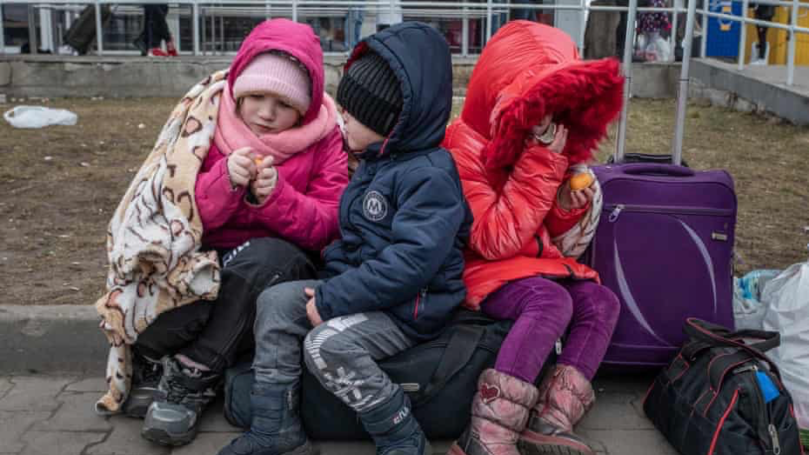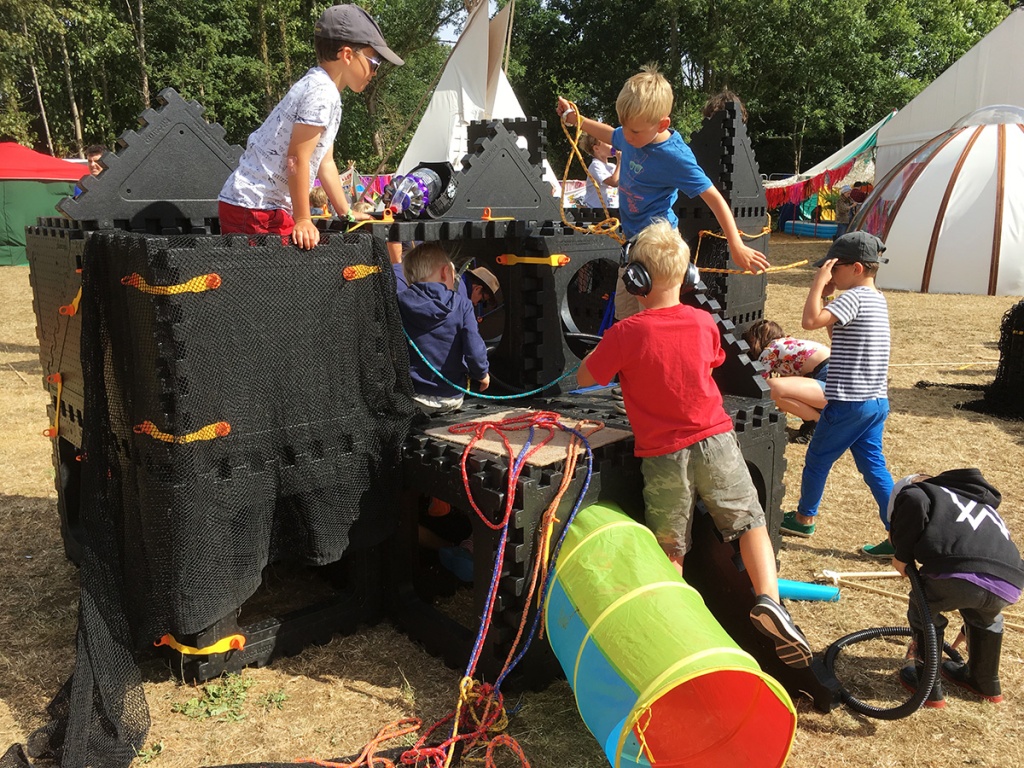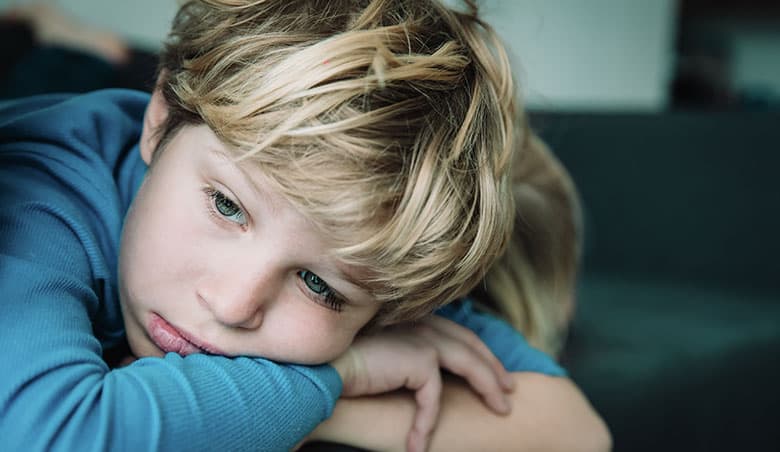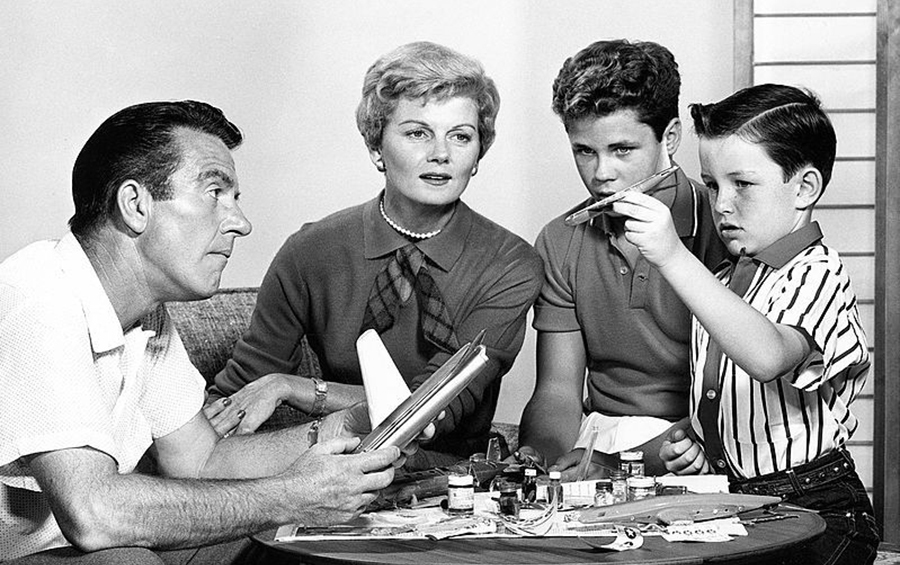Beyond Active Play – The value of cohort flow through play
I’ve devoted six decades to creating active play systems. The most recent project has been exploring augmented reality to provide ways to expand the benefits of active play.
Two things have motivated me to pivot in a new direction. First, the bruhaha about the metaverse and all that silliness that has ensued makes working on augmented reality problematic. But more than that, the current situation of the children displaced by the invasion of Ukraine has compelled me to look at ways to help ease the trauma being inflicted.
Hurry Up and Wait
That phrase comes from the military and can be applied to refugees as well. Children are hustled from place to place, surrounded by chaos and the smell of fear. These spasms of displacement are punctuated by waiting – waiting in basements, lines, public spaces, and shelters. Seldom do these pauses have known periods, so routines, which are the anchors for childhood, cannot be established.
Those who support refugees often recognize the harm caused by forced dislocation and do what they can to ease the pain. The newsreels are filled with pictures of children clutching stuffed toys or playing with balls. While these are important, their impact is very transitory.
Aid agencies also recognize the need for mental health support. However, while therapeutic counseling is ideal, most children will not receive treatment when millions of children are in need, and only a few hundred clinicians are available.
The situation is complicated because, for many children, the worst part of their evacuation is being separated from their fathers. Unfortunately, however, all too many have seen things no one should have to endure.
Meeting the Need
There are two major categories of need. First, there must be an efficient system to tirage children to identify those most in need of mental health services. Second, those locations where children must wait for extended periods must be equipped with play systems that engage and support group play.
Over the last three months, my cohort of play advocates and I have struggled to find a concept that can address both needs. The criteria are been refined to:
Mental Health
- Small groups of children must be observed by a play facilitator who is trained to support but in no way direct children’s play.
- Play facilitators must be trained to deal with the expected abradant behaviors brought on by trauma, such as depression and acting out, and to do so without judgment.
- Facilitator training must include the ability to carefully observe and listen to children to identify those who most need individualized counseling.
Play Systems must be:
- Compact and portable
- Appealing to as wide an age and ability range
- Complex and infinitely variable
- Full of learning opportunities
- Supportive of collaborative play
- Equipped with elements that stimulate pretend play without triggering
Here is the current presentation illustrating the solution we propose.





















